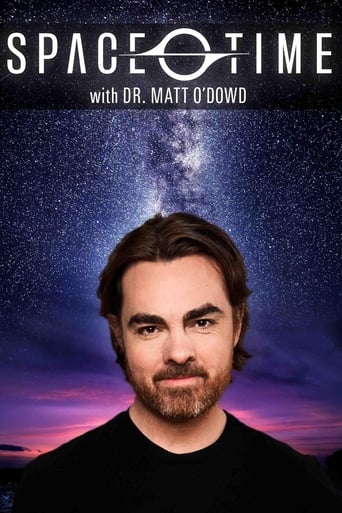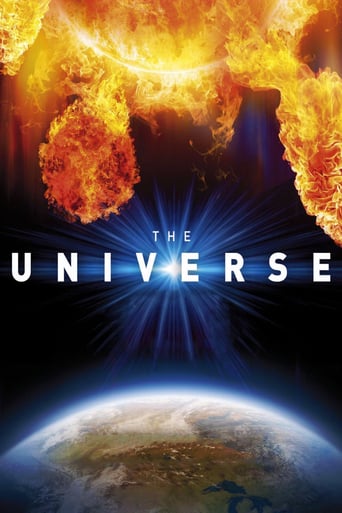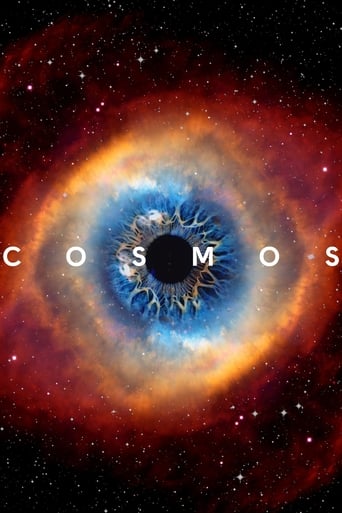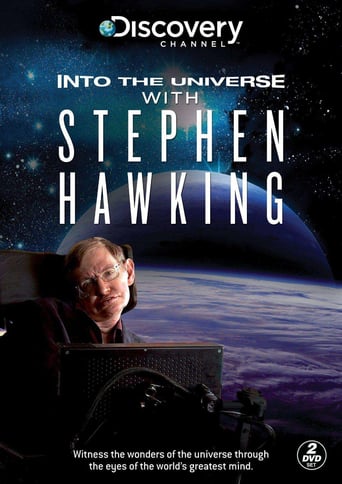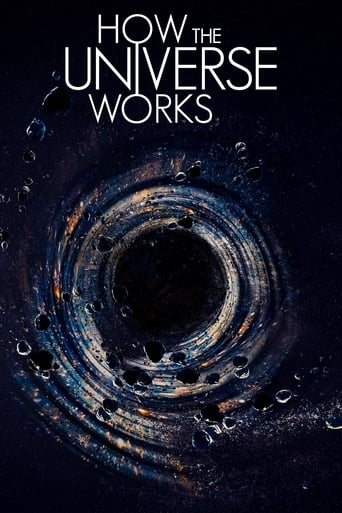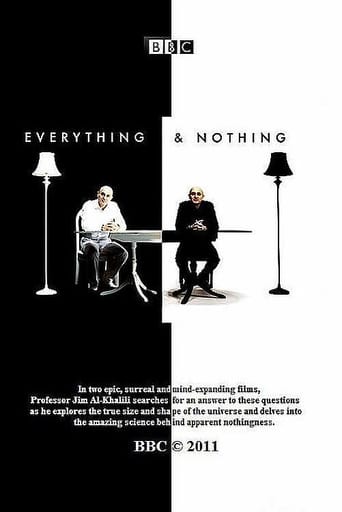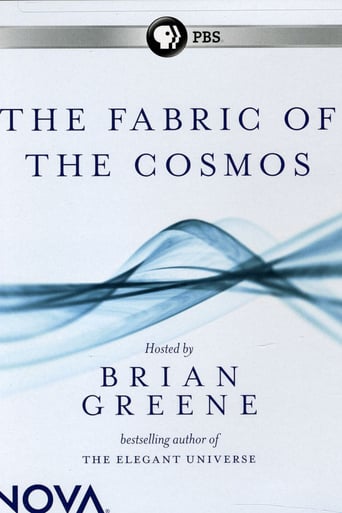PBS Space Time Season 2017
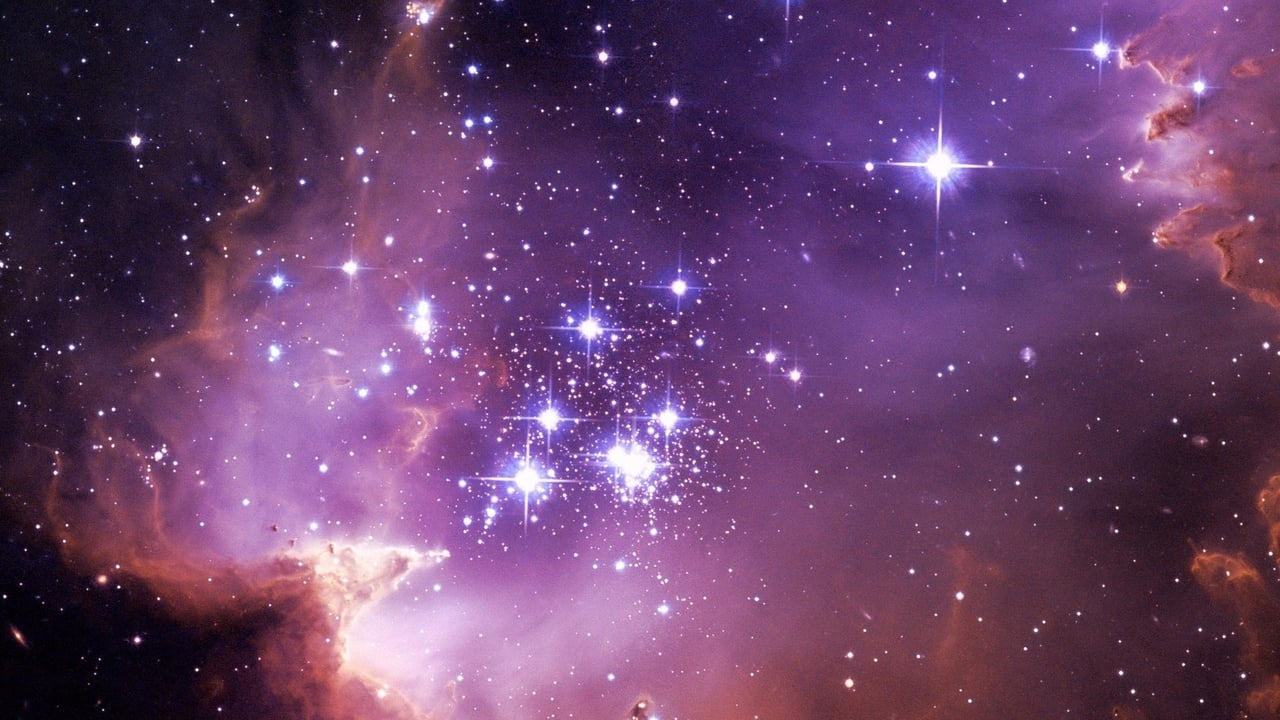
Space Time explores the outer reaches of space, the craziness of astrophysics, the possibilities of sci-fi, and anything else you can think of beyond Planet Earth with our astrophysicist host: Matthew O’Dowd.
Watch NowWith 30 Day Free Trial!
PBS Space Time
2015
Space Time explores the outer reaches of space, the craziness of astrophysics, the possibilities of sci-fi, and anything else you can think of beyond Planet Earth with our astrophysicist host: Matthew O’Dowd.
Watch Trailer
With 30 Day Free Trial!
PBS Space Time Season 2017 Full Episode Guide
Find out about the last time and the next time the Earth will be hit by a Gamma-ray Burst.
We were recently visited by a traveler from outside our solar system. This is the first time we’ve ever seen an object that came to us from interstellar space. It's name is 'Oumuamua.
Sometimes intuitive, large-scale phenomena can give us incredible insights into the extremely unintuitive world of quantum mechanics.
The future of science is you.
Let’s take a moment to remember the selfless sacrifices made by some amazing robotic explorers. And be sure to learn more about your personal DNA story by going to 23andMe.com/spacetime and taking advantage of their special holiday offer.
Let’s talk about the mysterious zero-point energy and what it really can, and really can’t do.
If vacuum energy really does have the enormous value predicted by quantum field theory then our gently expanding, geometrically flat universe shouldn’t exist. This is the vacuum catastrophe.
For years, astronomers have been unable to find up to half of the matter in the universe. We may just have solved this problem. Fingers crossed.
It turns out that "nothing" is one of the most interesting somethings in all of physics.
Can we ever achieve absolute cold?
So what happens when two Super Massive Black Holes collide? We may be about to find out, because astronomers have spotted a pair of them in a close binary orbit for the very first time.
The laws of physics are the same everywhere in the universe. At least we astrophysicists hope so. After all, it’s hard to unravel the complexities of distant parts of the universe if we don’t know the basic rules. But what if this is wrong? There is a hint of evidence that the fundamental constants that govern our universe may evolve over time, and even from one location to another.
The mysteries of our universe seem limitless. However to unlock them, we’re going to need some incredible technologies to peer deeper and more sharply into space time.
LIGO may have just detected gravitational waves from the collision of two Neutron Stars.
Black holes are very well known but... What is a White Hole?
What does life look like from space?
Earth has its share of monster storms, but even our most powerful hurricanes are a breeze compared to the great, planet-sized tempests of the gas giants.
Could it be that all the electrons in the universe are simply one, single electron moving back and forth through time?
Why does the universe seem to be moving in one particular direction?
Unlock the secrets of Feynman Diagrams. Part 5 in our Quantum Field Theory series. And if you're submitting an answer to our challenge question email your answer by August 2nd to [email protected] with the subject line "Feynman Diagram Challenge."
Anti-Satellite weaponry, giant X-ray lasers and kinetic impact missiles nicknamed the “Rods from God.” Find out about the history of the real star wars that have been waged over the past 50 years.
How do you calculate infinite quantum outcomes? Feynman Diagrams.
How to predict the path of a quantum particle. Part 3 in our Quantum Field Theory Series.
Quantum mechanics is perhaps the most unintuitive theory ever devised. And yet it’s also the most successful, in terms of sheer predictive power. Simply by following the math of quantum mechanics, incredible discoveries have been made. Its wild success tells us that the mathematical description provided by quantum mechanics reflects deep truths about reality. And by far the most successful, most predictive formulation of quantum mechanics is quantum field theory. It is our best description we have of the fundamental workings of reality. And the first part of quantum field theory that was derived – quantum electrodynamics – is the most precise, most accurate of all.
Paul Dirac’s insights into the nature of Quantum Mechanics laid the foundation for Quantum Field Theory and predicted the existence of anti-matter.
If you study a map of the Cosmic Microwave Background, or CMB, you may notice a large, deep blue splotch on the lower right. This area, creatively named the Cold Spot. Is this feature a statistical fluke, the signature of vast supervoids, or even the imprint of another universe?
Soon after the Big Bang, the first generation of monstrously large stars ignited, lit up the universe, and then died. The resulting swarms of supernova explosions enriched the universe with the first heavy elements and LOTs of black holes. They shaped everything that came after. These were the stars of Population III, and they are one of the most enduring mysteries in astrophysics.
What will become of humanity after spend a few hundred years on Mars? What will happen after a few thousand? Evolution has, and still is, shaping humanity in rather drastic ways. How long will humans stop being human and become Martian?
The first total solar eclipse in over 40 years is about to hit the United States.
Neil deGrasse Tyson sits down with Matt to discuss Ancestor Simulations. And check out Matt and Neil discussing how sure we are about our map of the universe
Was an incredible drop in entropy responsible for the Big Bang? If that’s the case, this would lead us to conclude that a great many other things are possible, including the likelihood that you are a Boltzmann Brain.
In 1991 a single atomic nucleus slammed into our atmosphere with the intensity of a macroscopic object. It’s been named The Oh My God Particle.
Find out about China’s current telescope on the moon and what the future plans are for mounting larger telescopes on the lunar surface.
Find out how time and space switch roles when we move beyond the event horizon of the black hole.
Find out how traveling faster than light and traveling back in time are the same thing.
In this episode of the Space Time Journal Club Matt discusses how two independent research teams created their own Time Crystals, a form of matter that breaks time translational symmetry and could be used in quantum computers.
You’ve discovered a habitable exoplanet, but so has an an evil interplanetary mining corporation. Can you get to the planet before they strip it bare and leave it unsuitable for life? You’re going to need a ship, the Lorentz Transformation and the Wait Equation. Hang on, it’s going to be a bumpy ride.
Can humanity survive on one of the seven earth-like Trappist-1 planets? Last week, seven earth-like planets were discovered orbiting a Red Dwarf star 39 light years away. Each one could be capable of supporting life.
Fomalhaut is a massive young star surrounded by a ring of dust debris that can tell us a great deal about the formation of our own solar system.
In this episode we dive deeper into the relationship between space and time and explore how we can geometrically map the causality of the universe and increase our understanding of how time and distance relate to one another.
When Quasars were first discovered the amount of light pouring out of such a tiny dot in space seemed impossible. A hysterical flurry of hypothesizing followed: swarms of neutron stars, alien civilizations harnessing their entire galaxy’s power, bright, fast-moving objects being ejected by our own galaxy’s core. But by the 1980’s we were converging on the most awesome explanation. It goes a little like this: Take a black hole of millions to billions times the mass of the sun. Where from? It turns out every decent-sized galaxy has one at its core. Now drive gas into the galactic core. One way this can happen is when galaxies merge and grow. That gas descends into the waiting black hole’s gravitational well and gains incredible speed on the way. It is swept up in a raging whirlpool around the black hole that we call an accretion disk, where its energy of motion is turned into heat. The heat-glow of the accretion disk is so bright that we can see quasars to the ends of the universe.
Isaac Newton’s Universal Law of Gravitation tells us that there is a singularity to be found within a black hole, but scientists and mathematicians have found a number of issues with Newton’s equations. They don’t always accurately represent reality. Einstein’s General Theory of Relativity is a more complete theory of gravity. So does using the General Theory of Relativity eliminate the singularity? No. Not only does it concur with Newton’s Universal Law of Gravitation but it also reveals a second singularity, not at the center of the black hole but at the event horizon.
Because you demanded it … we break down the EM Drive!
Find out how scientists are mapping the black holes throughout the Milky Way and beyond as well as the answer to the Escape the Kugelblitz Challenge Question. Were you able to save humanity?
Free Trial Channels
Seasons


